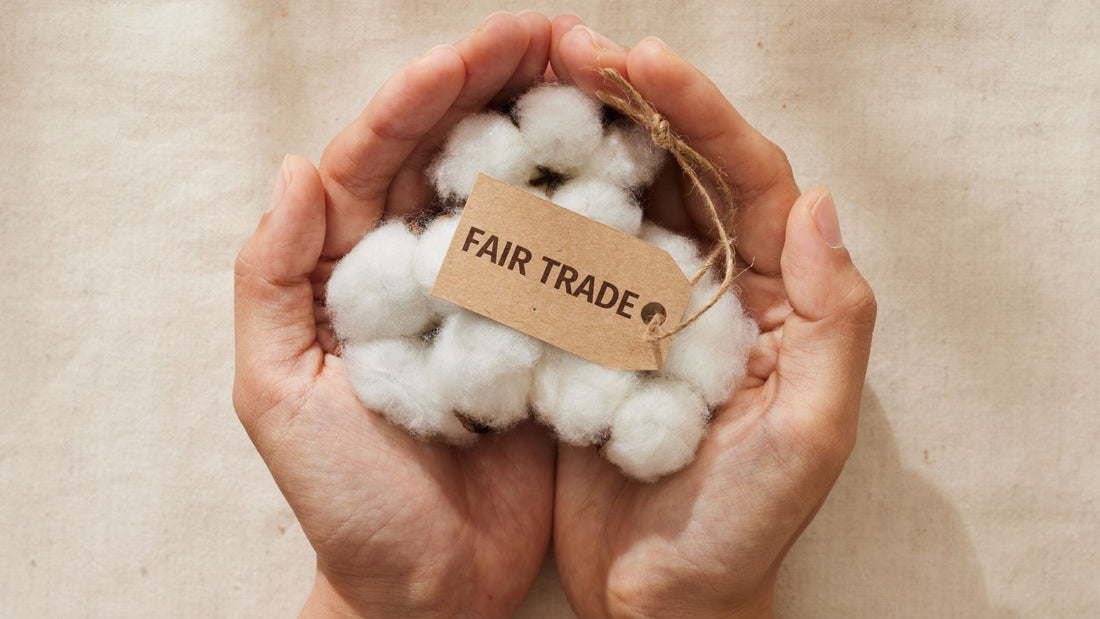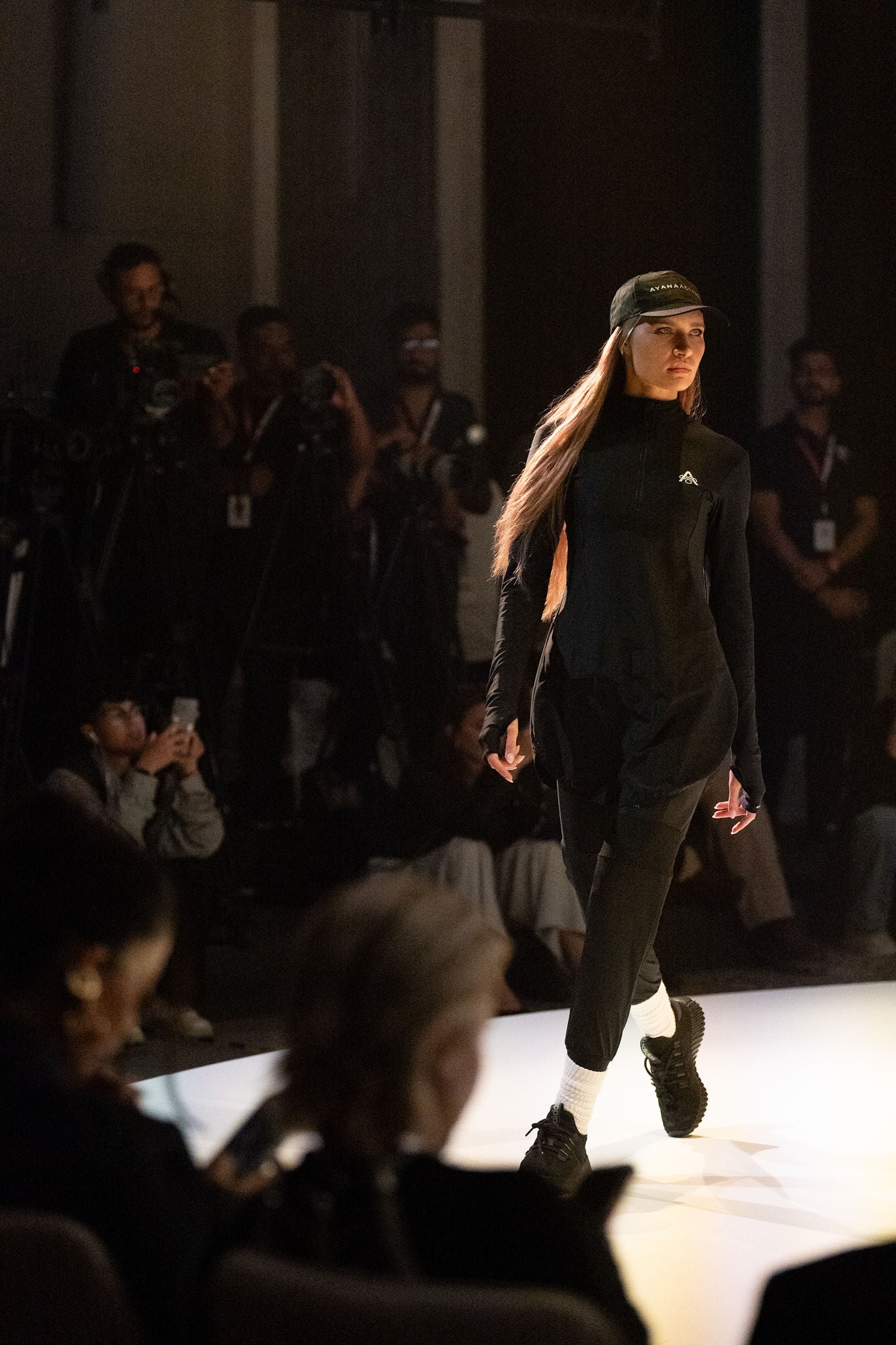The Human Toll of Fast Fashion in Garment Factories
The human impacts of fast fashion are deeply concerning, particularly regarding the inhumane working conditions endured by garment workers in countries where clothing is produced for the fast fashion market. The following article sheds light on the harsh realities faced by these workers, who often toil in unsafe environments for meager wages.
According to the International Labour Organization (ILO), an estimated 170 million people are engaged in the global textile and garment industry, many of whom work in precarious conditions. In countries like Bangladesh, India, and Vietnam, where much of the world's clothing is produced, garment workers face long hours, low pay, and inadequate safety measures. Many are forced to work in overcrowded factories with poor ventilation and minimal access to sanitation facilities.
Furthermore, reports from organizations such as Human Rights Watch have documented instances of child labor, forced labor, and other forms of exploitation in the garment industry. In Bangladesh, an estimated 1.5 million children between the ages of 5 and 14 are engaged in child labor, with many working in garment factories.

Additionally, the Clean Clothes Campaign reports that approximately 80% of garment workers worldwide are women, who are disproportionately affected by the exploitative practices prevalent in the industry. Many of these women are subjected to discrimination, harassment, and violence in the workplace.
In summary, the human impacts of fast fashion are profound and far-reaching, with millions of garment workers worldwide facing exploitation and abuse in the pursuit of cheap clothing for Western consumers. At Ayana Active, we take the necessary precautions to ensure that our garments are not being made in exploitative environments.
Fair treatment for employees is assured by working with US factories that uphold ethical production standards. Personal visits to factories instill confidence in working conditions and processes, solidifying our commitment to sustainable and socially responsible production. Ayana Active seeks out suppliers with eco-certifications and a genuine dedication to environmental consciousness.
Stay tuned for more exciting updates from Ayana Active as we continue to redefine the boundaries of fashion, sustainability, and empowerment. Follow us on Instagram @ayanaactive.
Sources: Images from: "CBC News Made in Bangladesh" -2023: https://www.cbc.ca/newsinteractives/features/made-in-bangladeshInternational Labour Organization (ILO) - "World Employment and Social Outlook - Trends 2020": https://www.ilo.org/wcmsp5/groups/public/@dgreports/@dcomm/documents/publication/wcms_734337.pdfHuman Rights Watch - "Turning a Blind Eye: Hazardous Child Labor in Bangladesh's Garment Industry": https://www.hrw.org/report/2015/06/11/turning-blind-eye/hazardous-child-labor-bangladeshs-garment-industryClean Clothes Campaign - "Made in Europe: Exploitation in the Heart of the European Union": https://cleanclothes.org/resources/publications/made-in-europe-exploitation-in-the-heart-of-the-european-union



